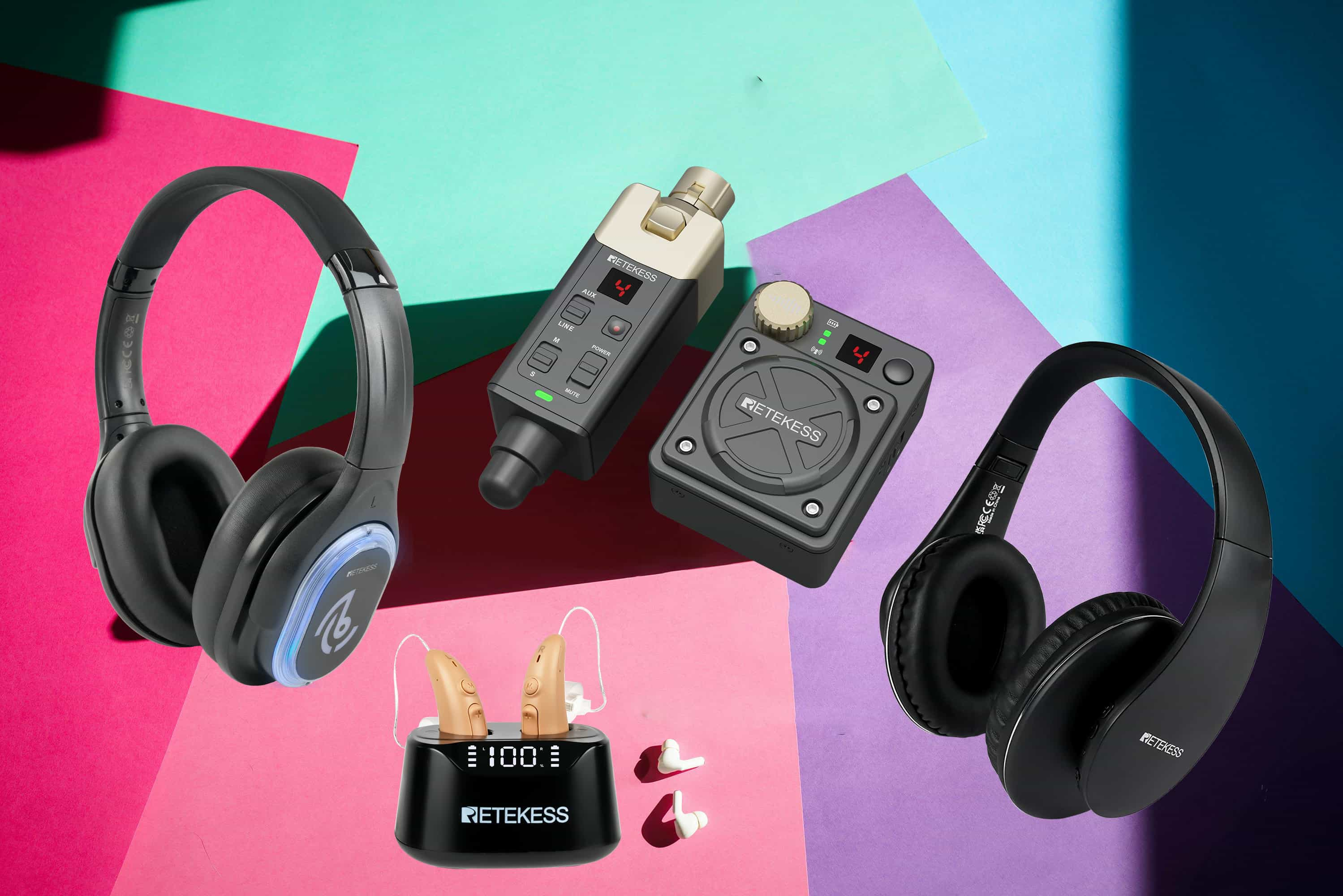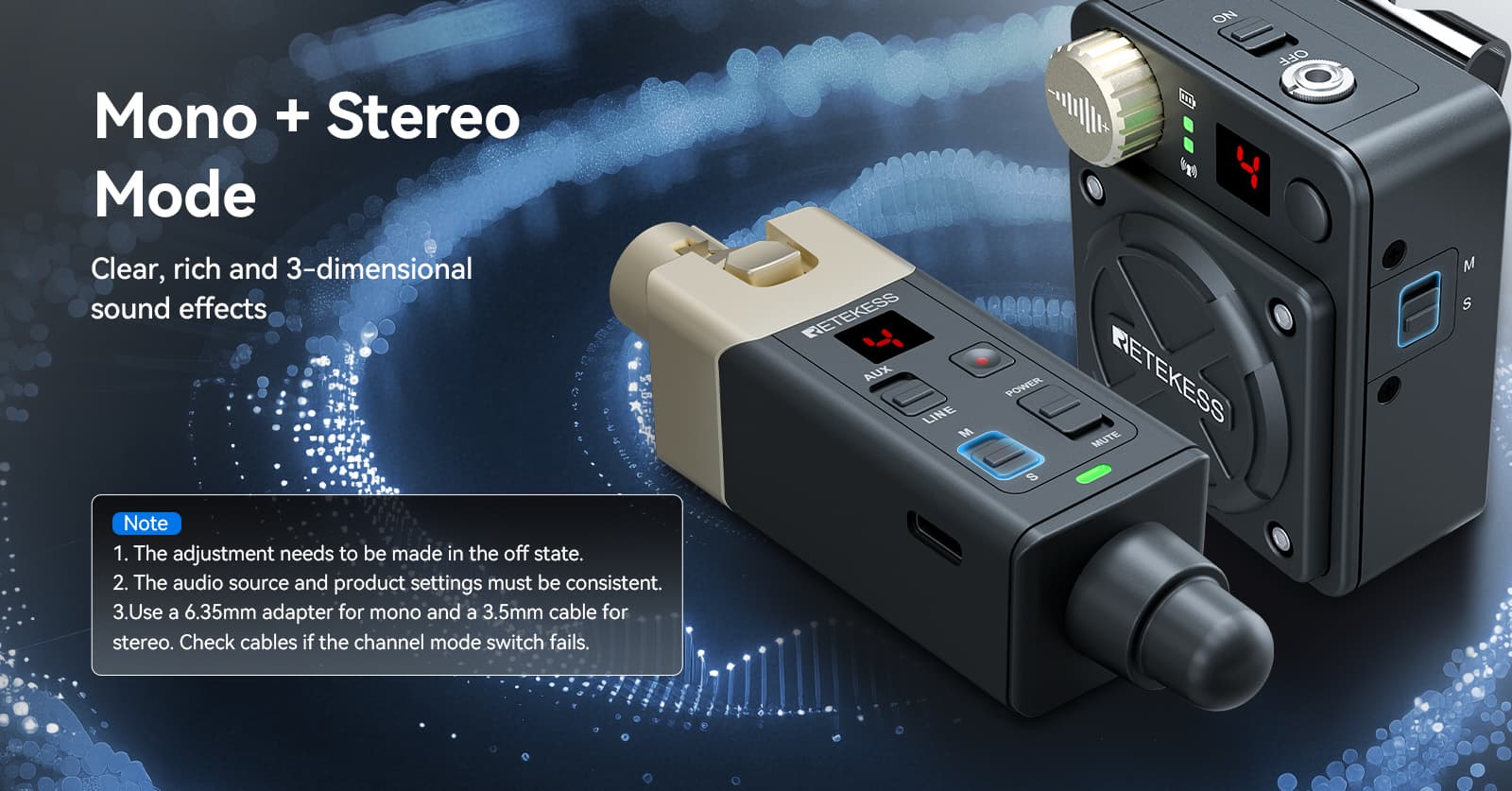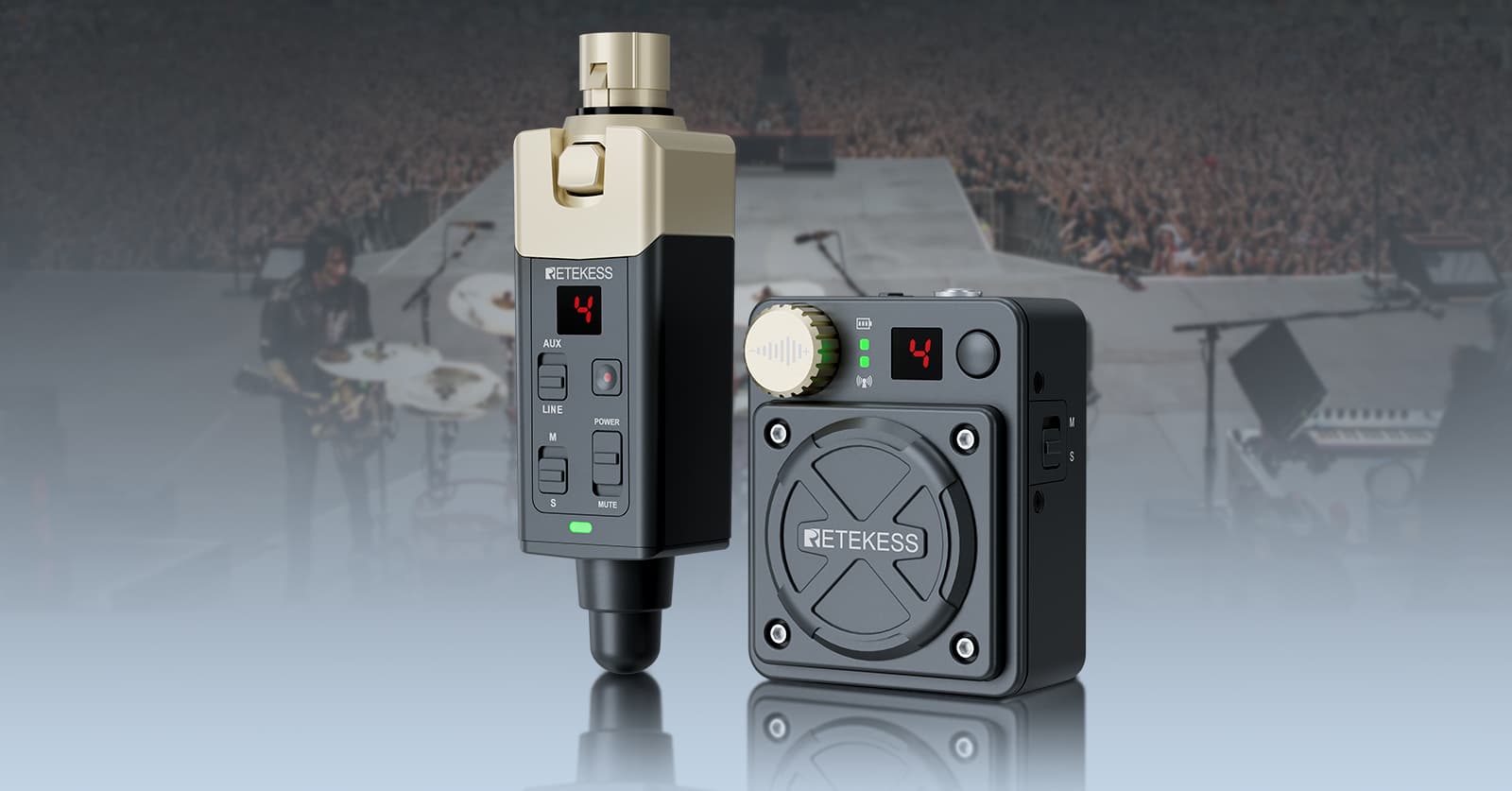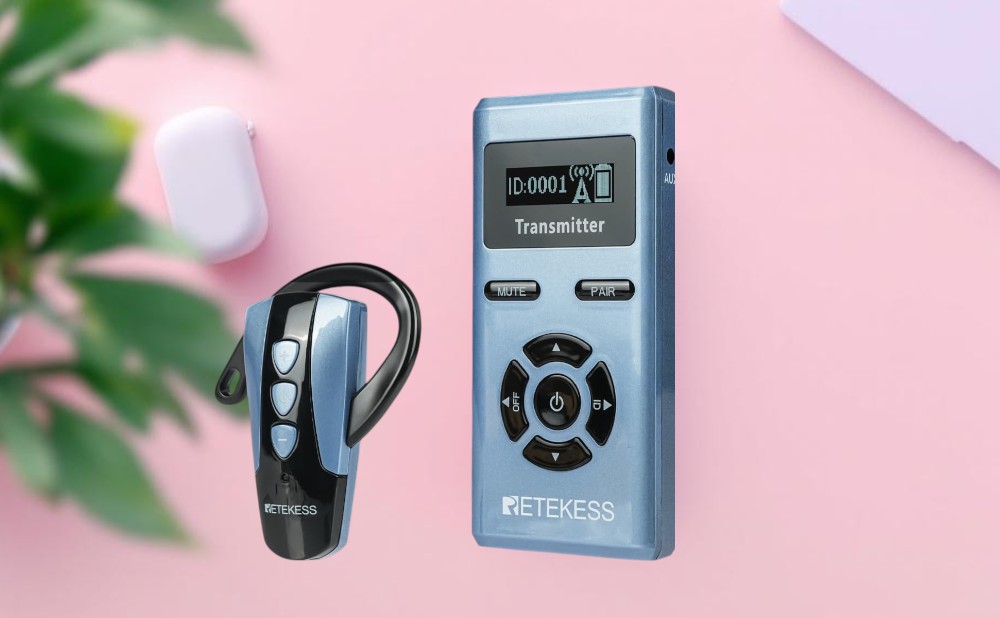Blog Detail
Table of Contents

How the U.S. Tariff System Glitch Impacts Wireless Audio and Video Product Exports: Retekess's strategy for Resilience (Product Spotlight: Retekess TD-158’s Stability in Turbulent Times)
- Sophia
- Apr 27, 2025
- 0 Comments
I. The April 2025 Tariff System Crisis: A Perfect Storm for SMEs
The U.S. Customs and Border Protection (CBP) announced a critical system failure on April 11, 2025, disrupting tariff processing for goods under the 90-day tariff suspension period . This malfunction paralyzed the Automated Commercial Environment (ACE) portal, forcing importers to separate cargo release submissions from financial documentation—a process that added delays, compliance costs, and logistical chaos.
Impact on Wireless Audio and Video Product Exporters:
Delayed Clearances: SMEs like Retekess, specializing in electronics such as wireless audio and video product, faced extended lead times. Cargo ships idled at ports, incurring demurrage fees of up to $5,000/day per container.
Cash Flow Strains: Tariff refunds for pre-paid shipments were frozen due to system backlogs, squeezing liquidity for manufacturers .
Uncertainty-Driven Order Cancellations: Retailers fearing supply chain bottlenecks postponed orders, with a 15% drop in Q2 bookings reported by Guangdong-based exporters .
II. Response Plan
1. Pre-Declaration of Customs Documents
Retekess leveraged the CBP’s temporary allowance for split filings . By pre-submitting cargo release forms 72 hours before vessel departures, the company achieved 98% on-time clearance rates for its TD-158 wireless pager systems.
Case Study: A Miami-bound shipment of 2,000 TD-158 units avoided a 10-day port delay by submitting release forms on April 8—three days ahead of the system crash.
2. Multi-Port Diversification Strategy
Amidst East Coast port strikes and tariff chaos, Retekess rerouted 40% of shipments to underutilized West Coast hubs (e.g., Long Beach) and Southern ports like Houston .
Result: Reduced average transit time by 7 days compared to rivals relying solely on New York/New Jersey ports.
3. Client Protection Program
To mitigate trust erosion, Retekess introduced:
Late Delivery Rebates: 5% credit for delays exceeding 14 days.
Buffer Inventory: Reserved 10% of production capacity for emergency airfreight (e.g., Apple’s 600-ton iPhone airlift model . Semi-knocked-down (SKD) kits assembled in Tijuana reduced finished goods tariffs from 34% to 6.5%.
4. Product Innovation for Tariff Resilience
The TD-158 Wireless Pager System exemplifies adaptability:
Anti-Interference Design: Its 2.4GHz FHSS technology ensures stable transmission in crowded RF environments—mirroring Retekess’ logistics agility amid tariff turbulence.
Modular Components: Batteries and receivers are shipped separately to classify as “parts” (tariff code 8517.70.00), avoiding finished device rates .
III. Lessons from the Crisis: Stability as a Competitive Edge
The TD-158’s success during the tariff meltdown highlights three principles for electronics exporters:
Redundancy = Reliability: Just as the TD-158 uses dual-channel audio backup, diversified logistics routes prevent single-point failures.
Precision Timing: Pre-declaration aligns with the device’s 0.5-second audio synchronization—both demand split-second accuracy.
Transparent Communication: Real-time shipment tracking (like the TD-158’s LCD status display) retained client trust despite CBP opacity .
IV. Looking Ahead: Strategic Re-Globalization
UNCTAD warns that trade fragmentation could cost vulnerable economies $33B annually by 2029 . For SMEs, Retekess’ blueprint offers a path forward:
Digital Customs Platforms: Investing in blockchain-based clearance systems to bypass ACE vulnerabilities.
Nearshoring 2.0: Vietnam and India partnerships for tariff-optimized production .
Conclusion
The April 2025 tariff crisis tested global supply chains, but Retekess transformed chaos into opportunity. By aligning the TD-158’s engineering resilience with agile trade tactics, the company not only survived but thrived—proving that in turbulent times, stability isn’t just a feature; it’s a strategy.
References & Further Reading:
https://www.help.cbp.gov/s/article/ALERTS-AND-ANNOUNCEMENTS?language=en_US






















Comments (0)